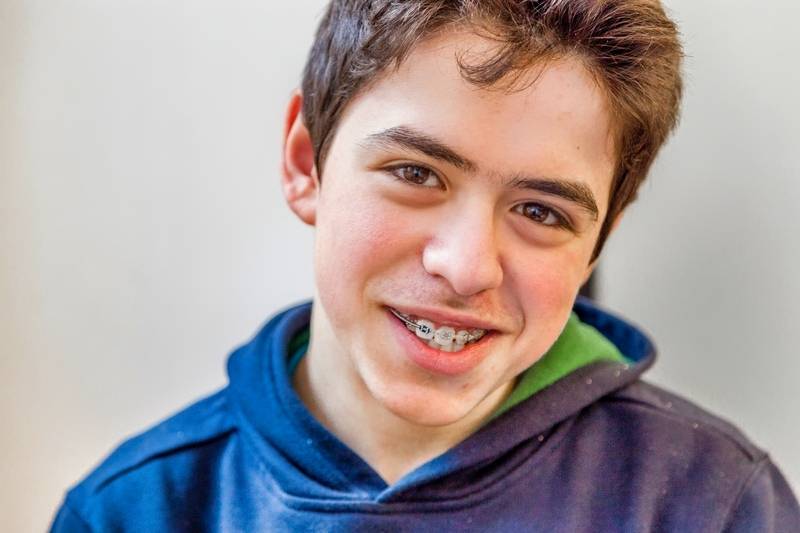Braces Treatment
Braces are dental tools that help correct problems with your teeth, like crowding, crooked teeth, or teeth that are out of alignment. Many people get braces when they’re teenagers, but adults get them too. As you wear them, braces slowly straighten and align your teeth so you have a normal bite.
The honest answer is that braces do not hurt at all when they are applied to the teeth, so there is no reason to be anxious about the placement appointment. There will be mild soreness or discomfort after the orthodontic wire is engaged into the newly placed brackets, which may last for a few days to a week.
The general rule of thumb is your kids should look at getting braces between the ages of 9 and 14. Usually, this is before they’ve gone through puberty. If they’ve already gone through it, this means it’ll be harder to adjust their jaw and/or teeth, as they’ve already settled into their post-puberty positions.
Most patients will need to wear fixed braces for around 18 to 24 months. For problems that are harder to correct, or for our older patients, treatment may take up to three years. If you have less severe issues or are a good candidate for clear aligners like Invisalign, treatment may take as little as 6 to 12 months.
Getting braces doesn’t hurt, but your mouth may be sensitive in the days following your appointment. Therefore, eating foods that have a tougher texture could cause pain. Since you’ll also have to learn how to chew differently, your orthodontist will likely recommend only eating soft foods for the first few days.
You might notice the following side effects while wearing braces that aren’t cause for concern:
- Changes to your speech.
- Gum and tongue irritation.
- Difficulty eating.
- Slight discomfort.
- Tooth decay.
- Inflamed gums.



